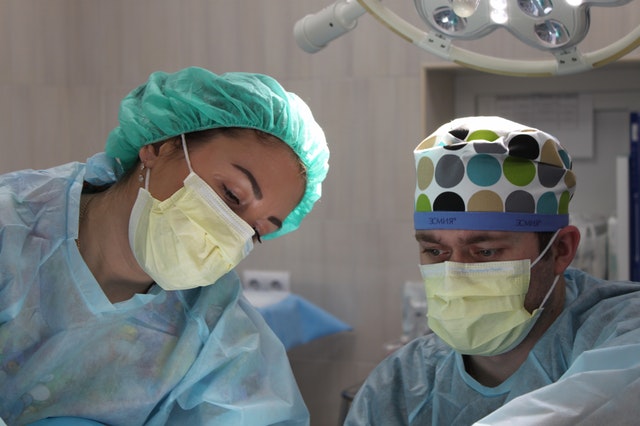
How to Reduce Swelling After Face Lift – Cutting the Recovery Time Down
Post-operative care is crucial. By following your surgeon’s instructions carefully, you can significantly minimize the unnecessary pain and complications of swelling and infection. Common sense will often dictate what you need to do but there’s no harm in knowing some of the most typical guidelines. Like all surgeries, the success of facelift surgery lies in the hands of the patient as well as the doctor. Paying attention to the recovery involves learning how to reduce swelling after face lift.
How to Reduce Swelling After Face Lift

How to Reduce Swelling After Face Lift
In this post, we’ll point out a few tips on how to reduce swelling after face lift surgery. They’re simple tips that come from even the most experienced plastic surgeons that will go a long way in reducing the swelling after surgery.
Swelling
Every operation, even the most minor, is often accompanied by swelling of the surrounding tissues. The amount of swelling will vary from one person to another but it often seems more in the face after a facial procedure has been done since even a small amount of swelling makes the features appear distorted and there’s looseness of facial tissues. It’s not uncommon for one side of the face to appear slightly more swollen than the other, but that will usually disappear within a few weeks. Hence, beauty models have no need to worry about swelling if they are going to work with a beauty or editorial photographer in their country such as the US anytime soon.
The expected amount of swelling depends on the surgery involved. Swelling around the eyes, face, cheeks and in the chest and neck is not uncommon. That’s how the body reacts to surgery before repairing itself. Swelling will typically start the day of surgery and will not reach its maximum until 2-3 days post-op before decreasing rapidly after the 3rd day. The main thing to bear in mind is that the swelling eventually subsides and you can reduce it several ways:
- Keep ice on your face and neck: Start by crushing up some ice and placing it in zip lock bags. Then place a thin towel around the ice bag and place it over the surgical sites. You want to do this as much as possible for the first three days after surgery. After 72 hours are over, either heat or ice is permitted.
- Avoid hitting or bumping your neck, head and face: Consider sleeping alone for a week after your operation and avoid picking up small children.
- Avoid lifting heavy things or bending over for a week: This may aggravate the swelling, raise blood pressure and start hemorrhage.
- Sleep with the head of the bed in an elevated position for about a week or two after your operation: An easy way to accomplish this is to place 2 or 3 pillows under and on the head of the mattress. Sleep on your back for 2 weeks to avoid rolling on your face as that may tear down supporting stitches used under the skin of your face. Some people find a reclining chair placed at a 45-degree angle to be more comfortable.
- Support the swollen tissues with an elastic wrap according to the instructions provided.
- While ordinary exposure to the sun is not harmful, avoid excessively sunning your face for a month.
Bottom Line
With those tips, you now know how to reduce swelling after face lift. The most important point is to follow the instructions given by your surgeon. People are different and healing times vary so consult with your doctor to check the progress, and swelling will be the least of your worries.